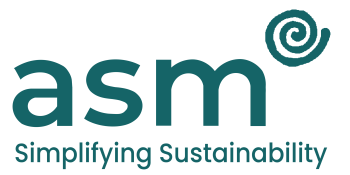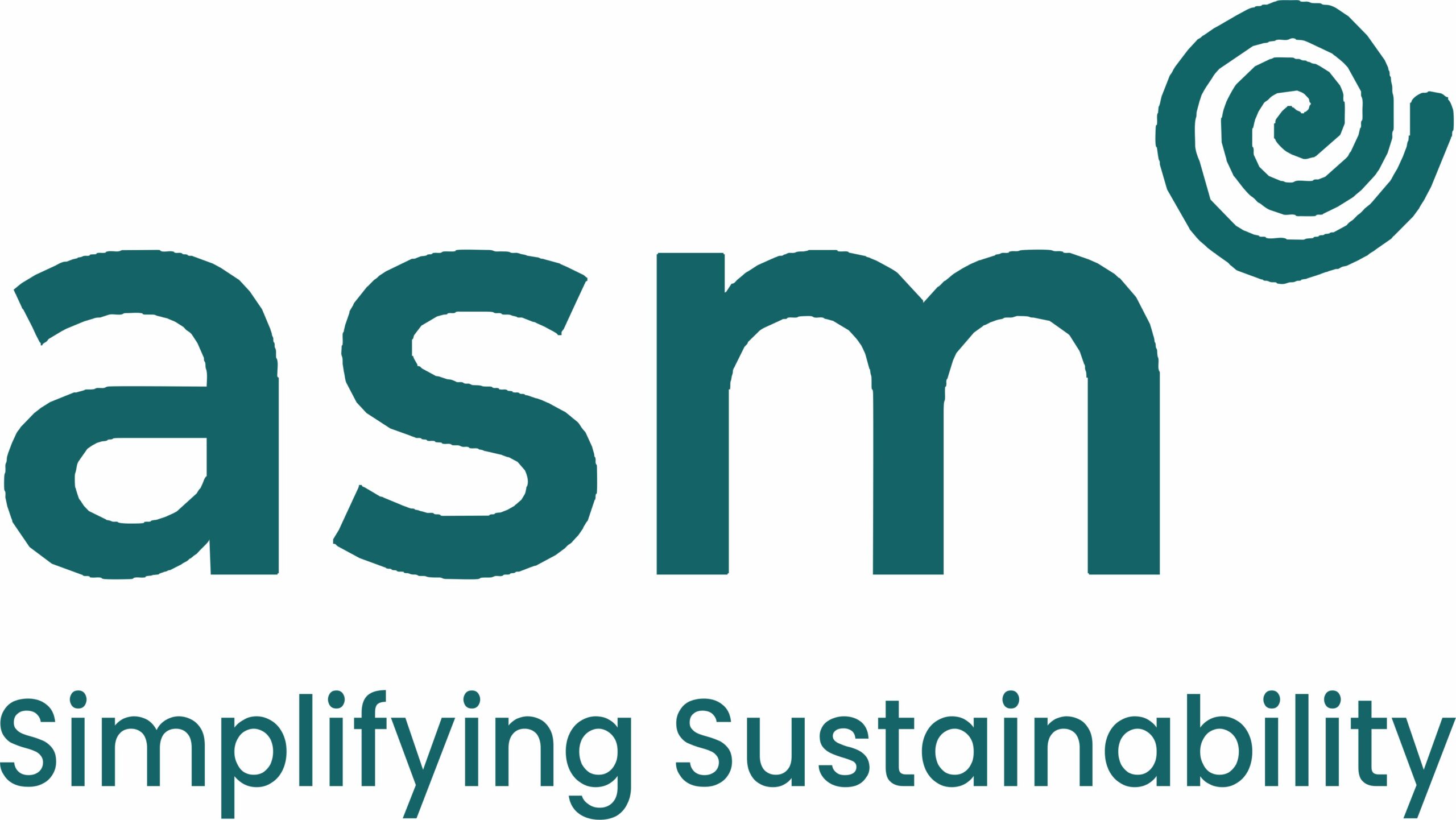Introduction: In today’s global economy, the sustainability of supply chains is more crucial than ever. Businesses face mounting pressures from various fronts – environmental regulations, consumer demands for ethical sourcing, and the inherent complexities of global operations. This article explores two fundamental elements that are vital for sustainable supply chains: traceability and transparency.
Understanding Traceability in Supply Chains: Traceability in supply chains refers to the ability to track the journey of products and materials from their origin through the manufacturing process to the end consumer. It’s about knowing the story behind each product – where it comes from, how it’s made, and the environmental and social impacts associated with its production. This level of detail is essential for verifying sustainability claims and ensuring responsible practices throughout the supply chain.
The Role of Transparency: While traceability gathers the data, transparency is about how that information is communicated and shared. It involves disclosing details about the supply chain to stakeholders, which can range from revealing the source of raw materials to sharing sustainability practices and certifications. Transparency builds trust with consumers and partners, and it’s increasingly becoming a competitive advantage in the marketplace.
Blockchain: A Tool for Traceability and Transparency: Blockchain technology is emerging as a powerful ally in achieving both traceability and transparency. By creating a decentralized and tamper-proof ledger, blockchain allows for secure and transparent recording of transactions and product journeys. This technology can help companies track the authenticity and sustainability of their products, providing a clear picture of their supply chain practices.
Implementing Traceability and Transparency: For companies looking to improve their supply chain sustainability, the journey starts with identifying what information can be shared and assessing the availability of this data. Engaging with suppliers, customers, and technology providers is crucial in transforming these concepts into a competitive edge. Brand owners must communicate the benefits of traceability and transparency to their suppliers and ensure they understand and can meet these requirements.
The Future of Sustainable Supply Chains: As we move forward, the integration of traceability and transparency will be key to meeting the growing demands for sustainable and ethical products. Companies that invest in these areas will not only mitigate risks but also seize new opportunities. Blockchain technology, while not a standalone solution, will play a significant role in this evolution.
Conclusion: The journey towards sustainable supply chains is complex, but with the right mix of technology, collaboration, and commitment, it’s achievable. Traceability and transparency are not just buzzwords; they are essential practices that can lead to a more sustainable and responsible future.





